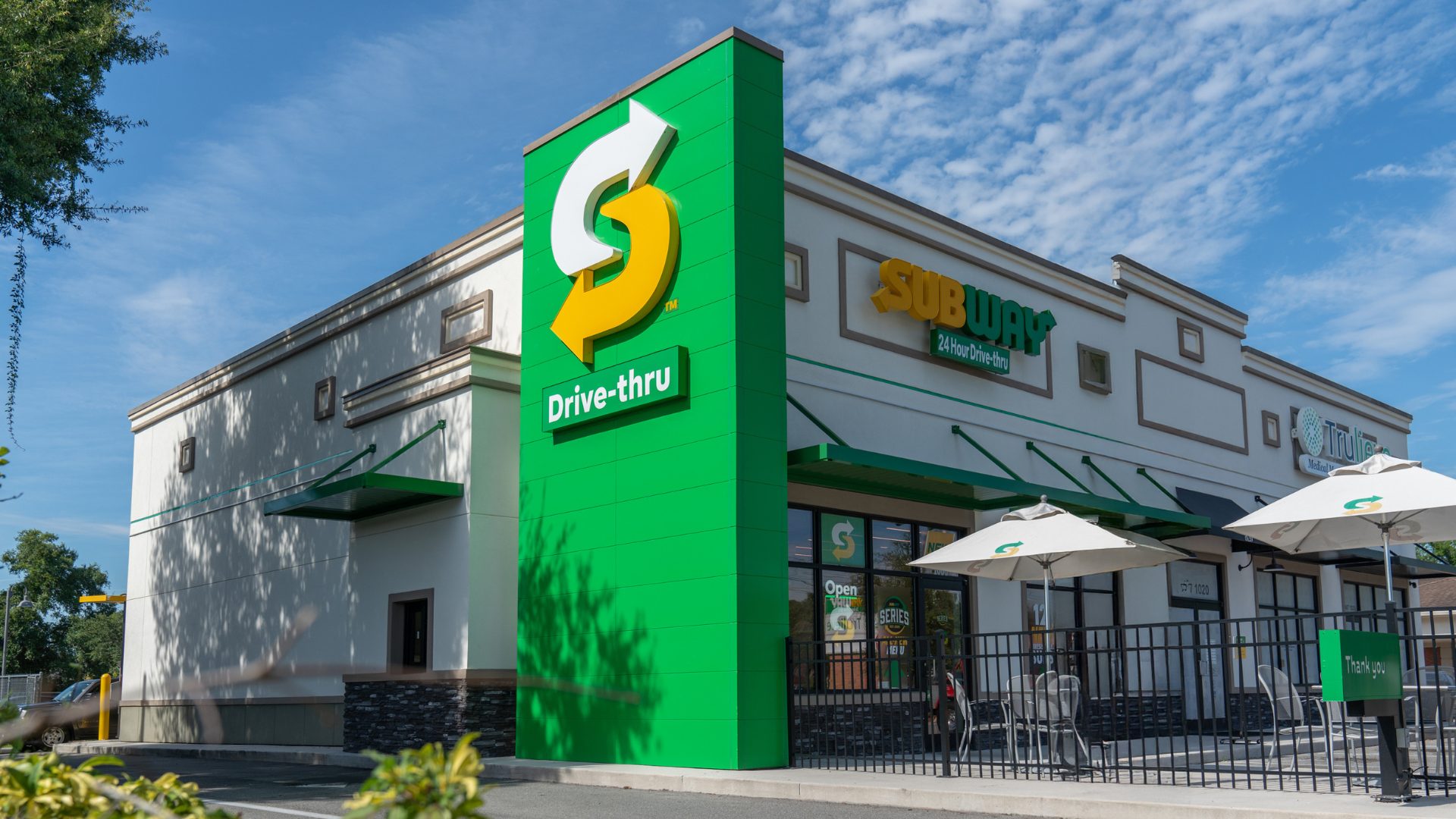Upon arrival to Chick-fil-A, customers are consistently greeted with smiles from employees. Customer requests are often met with an enthusiastic, “My pleasure.” Fresh flowers brighten the chain’s dining rooms. And, the chain’s drive-thru lines are typically swift.
How, exactly, is such customer service possible in an era of often discontented workers?
“Chick-fil-A’s leadership in customer service is no accident; it’s the result of deliberate strategies and practices that other restaurants can learn from,” said Louis Cantu, a former restaurant operator and chef, to The Food Institute.
According to the American Customer Satisfaction Index released late last year, Chick-fil-A is the customer service pacesetter among fast-food chains with a satisfaction score of 85. The chicken chain’s score improved 2% from the year prior.
Employees at Chick-fil-A’s 3,000-plus locations “are trained to genuinely care about the customer’s experience,” said Courtney Haywood, a brand manager and the CEO of Courtney Haywood Agency Partners.
The American Customer Satisfaction Index, developed by the University of Michigan and based off interviews with 16,250 customers, found that customers care about several service-related elements. The top customer-service components, ranked in order, are:
- Accuracy of orders
- Quality/reliability of mobile app
- Beverage quality
- Helpfulness of staff
- Food quality
Chick-fil-A edged Jimmy John’s (84; up 6% from 2022) and KFC (81; up 4%) in customer satisfaction. Burger giant McDonald’s – with more than 38,000 stores worldwide – ranked last among fast-food chains with a satisfaction score of 69, as noted by USA Today.
Meanwhile, for the past year, Chick-fil-A has maintained the number one spot in its industry segment in terms of productivity and driving repeat visits, according to InMarket research.
Experts feel restaurants of any size can largely emulate Chick-fil-A’s customer service by stressing three key initiatives.
Thorough training: The 77-year-old chicken chain’s training program not only emphasizes the procedural aspects of service but the importance of creating a welcoming environment for every customer, Cantu said.
“This is evident in the way staff members interact with customers, offering more personalized service and often going beyond the basic expectations of fast-food service, such as remembering regular customers’ names,” Cantu noted.
Operational efficiency: One main reason why Chick-fil-A is the favored chain of teens is the speed with which orders are delivered. The chain’s efficiency, especially regarding order management, ensures that high service standards are maintained, even during peak times. Mobile drive-thru lanes greatly aid that pursuit.
By upleveling the drive-thru experience with additional staff, as well as investing in its mobile technology and ordering system, Chick-fil-A has created a streamlined experience that caters to diners’ top desires these days: speed and convenience.
“Chick-fil-A’s traditional drive-thru experience and ‘Drive-Thru Express’ cultivate feelings of 1:1 service by bringing the staff out of the stores and into the drive-thru lanes to help take orders when it gets busy. In doing so, the chain helps customers feel taken care of,” said Michael Della Penna, InMarket’s chief strategy officer.
A positive culture: The Georgia-based fast-food chain typically makes employees feel valued and part of a team working towards a common goal, Cantu said. And that typically leads to happy employees. Chick-fil-A’s training program not only covers job-specific skills but also focuses on building workers’ soft skills, like communication and leadership.
Solid training, stressing efficient order-taking, and encouraging employees to greet customers warmly all add up. And other restaurants should take note, Cantu said.
“Implementing these strategies requires commitment and a shift in company culture,” he said, “but they can lead to substantial improvements in customer service.”












